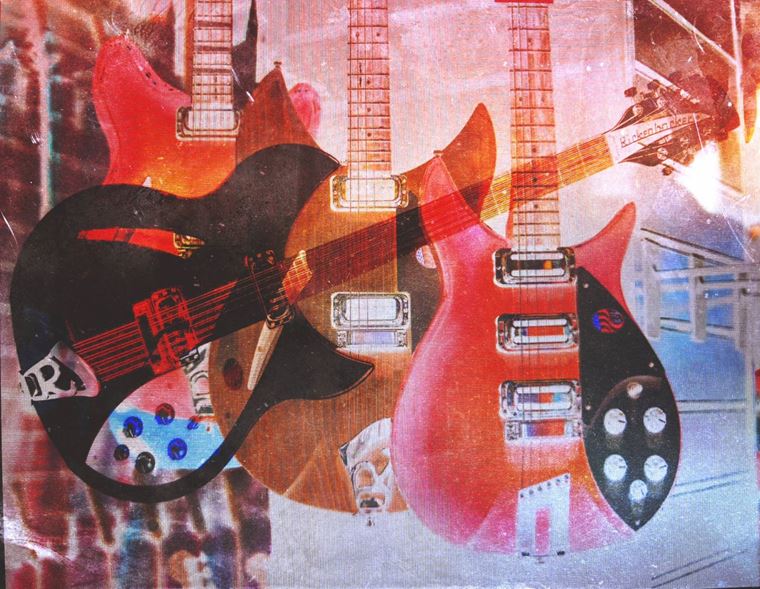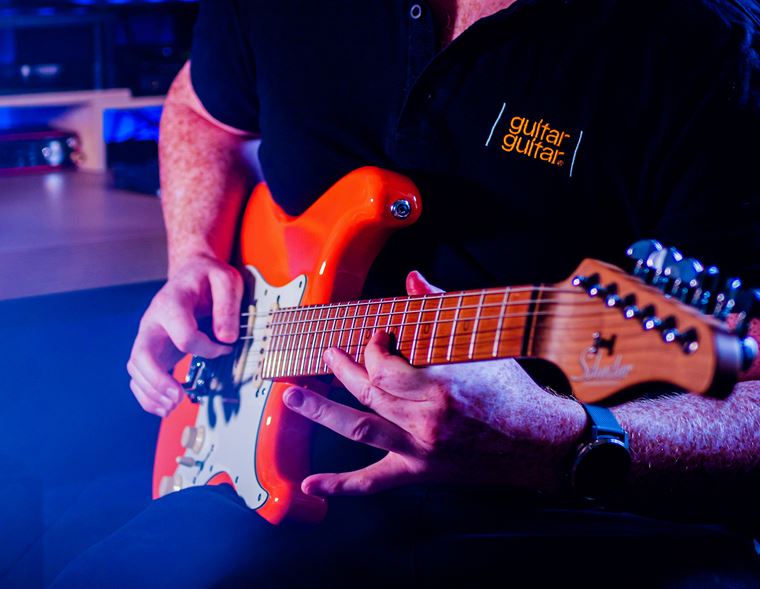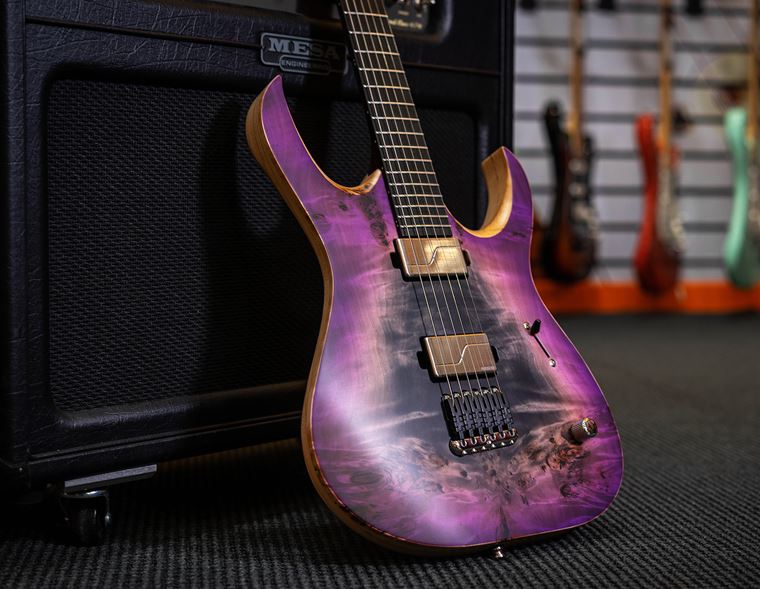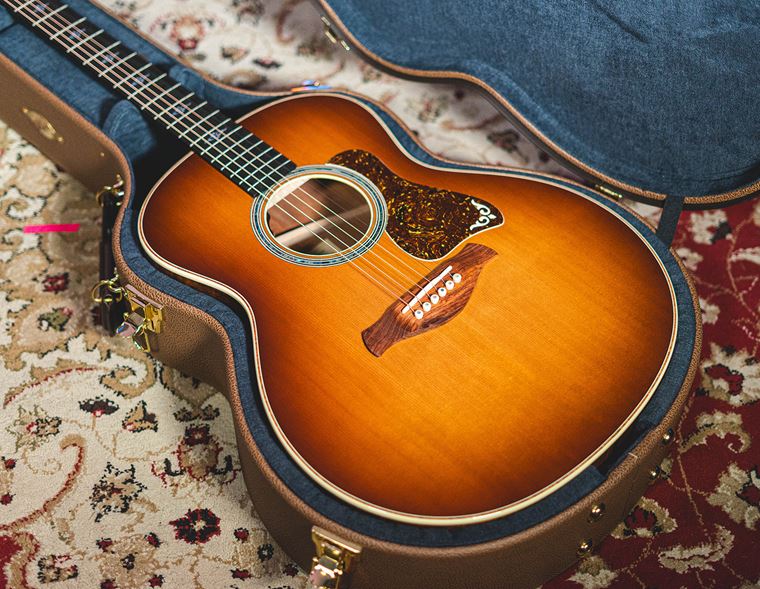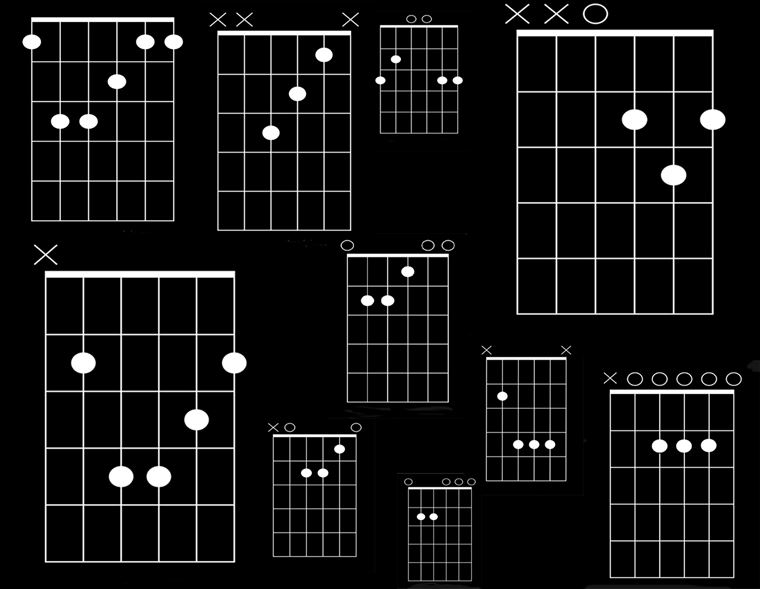What Is An Acoustic Electric Guitar?! Our Experts Explain
Published on 03 February 2023
Guitar terminology can sometimes be confusing for those who don’t spend a lot of time in a guitar shop like us. We tend to throw a lot of jargon around here, thinking it’s all obvious, but then we see your confused faces and we stop to ponder. Looking back on our first guitar shop visit, we had no clue what the staff were talking about when showing us all of these different types of guitars! So to help you feel more comfortable the next time you come and see us, we thought we’d explain some phrases you’ll most likely hear us say all the time.

What is an Acoustic Electric Guitar?
This may seem simple but what exactly is an acoustic electric guitar? Is it an acoustic or is it an electric? Some sort of fusion of both? Let’s delve into this: an acoustic electric is basically an acoustic guitar that is equipped with electronics. That'll often be a preamp and a pickup. The pickup is usually a piezo (a system that detects vibrations from the wood of the guitar to produce sound), a magnetic pickup in the soundhole or an internal microphone. The acoustic electric guitar is strung with regular acoustic guitar strings, usually made with a phosphor bronze material.

The name acoustic-electric can also be used in reverse: electro-acoustic. It is worth noting that a semi-acoustic guitar is something completely different again (it’s basically a hollowbody electric guitar but we won’t talk about them today as to not confuse you any further).
How do you tell which acoustic is just acoustic and which one is acoustic electric?
It’s simple: guitars fitted with pickups will usually come in a cutaway body shape since this allows for for better reach on the high end of the fretboard. There are of course models that are electric but are non-cutaway (Martin guitars tend to steer cleer of cutaway designs). You can spot them by either their built-in preamp (many brands would fit these onto the upper side of the guitar’s body and add a tuner onto it) or the VTC - volume-tone controls located within the inside of the soundhole. Lastly, since we are looking at an acoustic electric guitar, it has to have an input to which you can insert your jack cable, just like on your solid-body electric guitar. The input will either be in the middle of the bottom of the body (acting as a dual function: jack and strap button) or on the lower side of the body, like on Les Pauls.
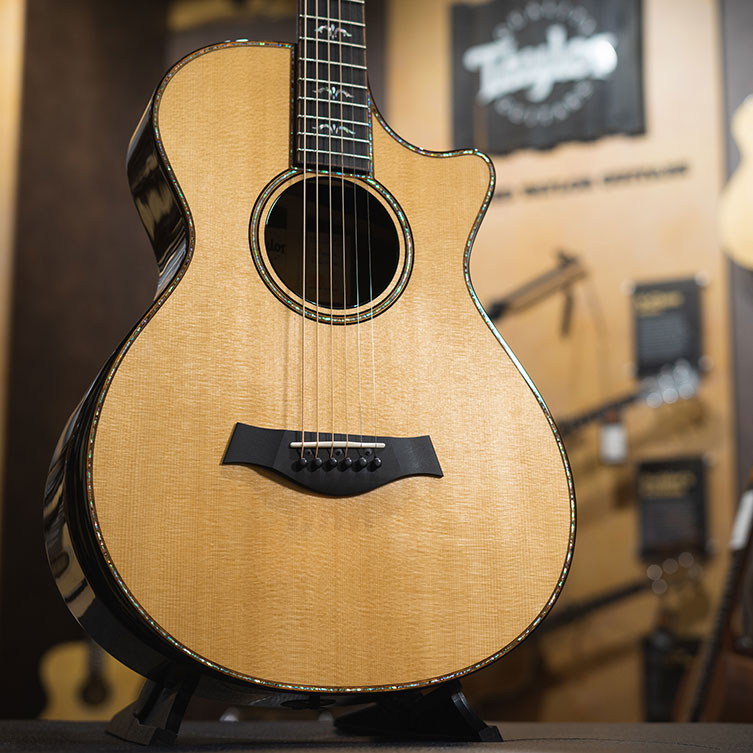
What are the benefits of an electro-acoustic guitar?
For many players an acoustic guitar is enough just as it comes. They’re happy with the simplicity of the instrument - just grab and play! And if they want to play live or record with it, they’d simply mic it up. But others, especially modern acoustic players, would rather go straight for an acoustic-electric for many reasons. Firstly, the aforementioned cutaway body shape will allow for higher fret access and therefore a more virtuosic performance. Secondly, you can play it plugged or unplugged. Micing up is great in a studio environment, not so much on stage. Many guitarists prefer the freedom of movement and would rather plug into the amp or PA than stress about whether they move away from the microphone and lose volume. Lastly, you can use effect pedals with your electro-acoustic guitar just like you can with a standard electric axe. This opens up tons of tonal possibilities and allows you to get creative with the sound!

What if you already have a nice acoustic but you can't plug it in? Should you sell it/trade it and get an electro-acosutic instead? Well, of course you can if that's what you'd prefer. But the good news is, you can have a pickup installed in it and turn it into an electro-acoustic! There are some simple solutions available on the market that you can do yourself, such as Seymour Duncan's Woody pickups. However, if you'd rather have a pickup installed onto your guitar permanently, decide on what one is best (or speak to our team for an adise) and book your guitar with our tech to fit it in!
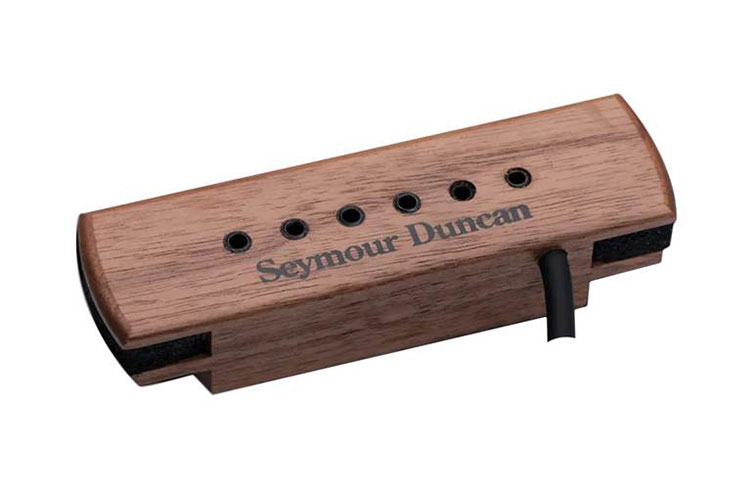
Types Of Acoustic Pickups
Ok, so we mentioned your electro-acoustic guitar will come equipped with a pickup of some sort. You'll come across Piezo pickup very often as thanks to its unique design, it generates the cleanest of tones. It is usually located under the saddle hence it's referred to as an undersaddle pickup. The tension of the strings at the bridge point is at its tightest and the Piezo reflects the brightness and attack of that place perfeclty. Due to the fact that a Piezo detects pressure variations from string vibration against the top of the instrument, it is very much resistant to feedback, making a Piezo the perfect pickup for a recording artist.
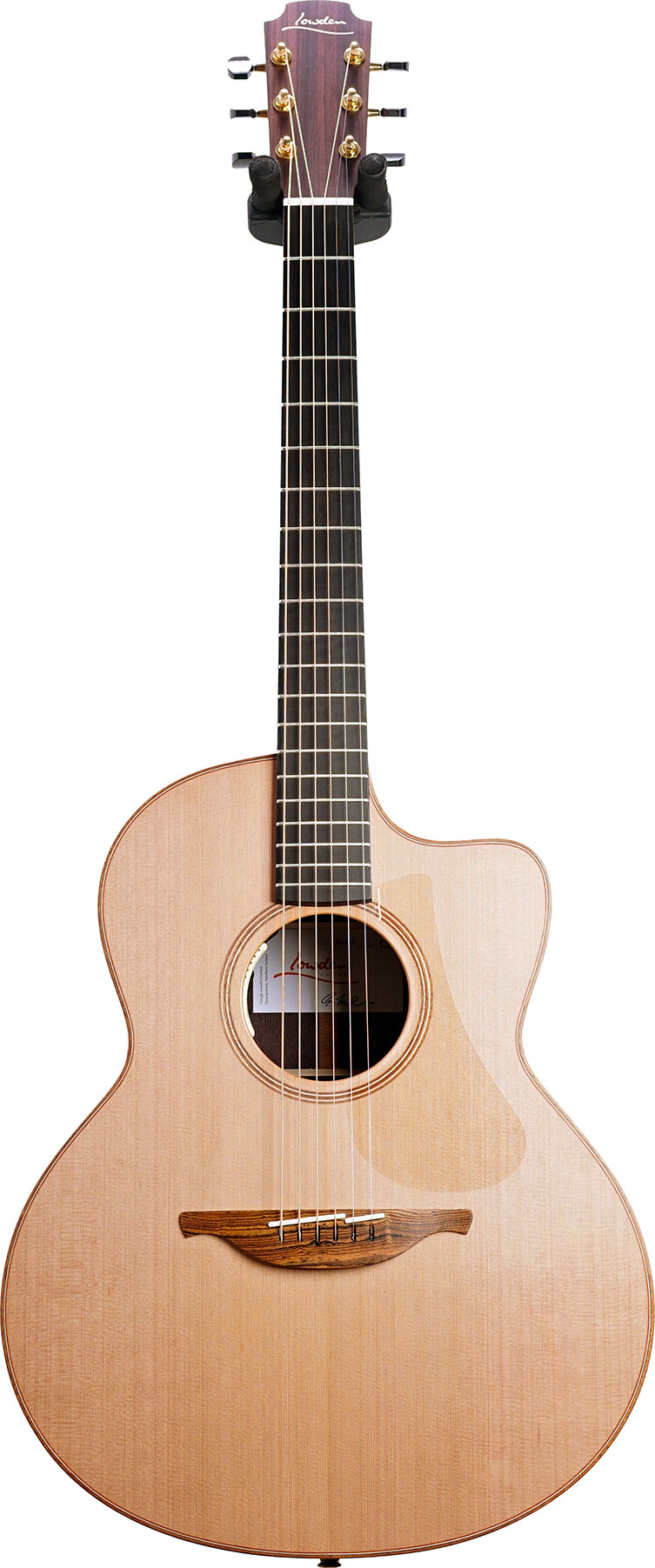
The other type of acoustic pickup is a magnetic pickup located within the soundhole. One of the most famous ones on the market are Fishman pickups and LR Baggs. You’d find them in Martin guitars, Lowden, Gibson acoustics.
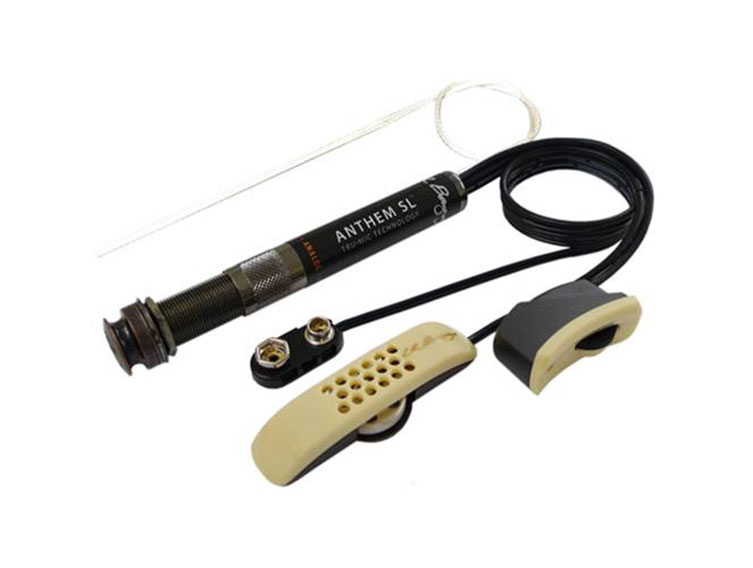
There are many different models of magnetic pickups for acoustic guitars. Many of them come equipped with a preamp which allows for tone shaping. You'll spot a preamp by an EQ control panel and often an in-built chromatic tuner.
Some brands prefer their very own pickups, designed specifically to match the tonewoods and built of their guitars. One such brand is Taylor and their phenomenal Expression System 2 pickup. Another example is Cole Clark, an Australian brand which uses exotic (to us) tonewoods and fits their guitars with a 3-way pickup system: a Piezo pickup, sensor and a microphone altogether.
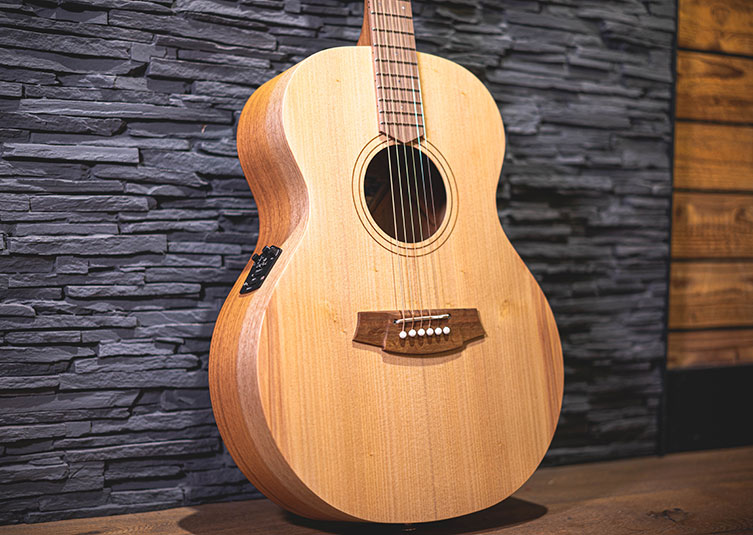
What Is An Acoustic Amplifier?
All these pickups and whatnot, but we’ve got to have something to plug them into, right? An acoustic amplifier is what you’ll need. Contrary to common belief, you should not plug your acoustic-electric guitar into an electric guitar amp! What will happen is you’ll create a lot of feedback and potentially even damage the sensitive preamp in your acoustic guitar. Amps made for acoustic guitars differ in design under the hood, you see. The speaker has a different response made to match the frequencies of the gentle acoustic pickup. Acoutsic amp's EQ will allow to tweak those notes perfectly and its gain is not going to overdrive your sound madly.
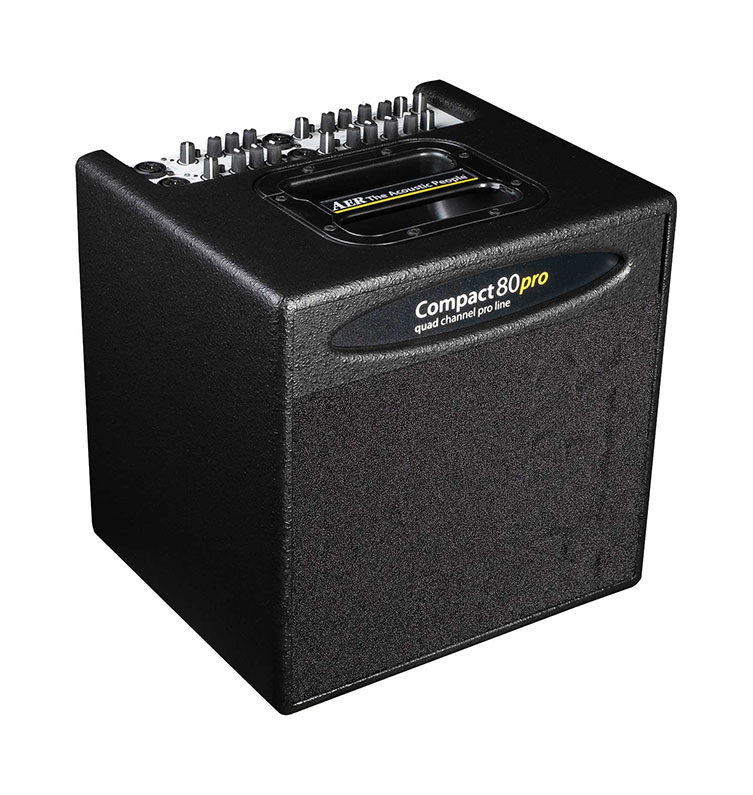
Many brands will fit an XLR microphone input onto an acoustic amp with a phantom power button, as many acoustic guitarists are also singers and they can do both by using just one amplifier! Some of the best acoustic amplifiers on the market currently are AER, Udo Roesner or Schertler. If you’re looking for something more mid-range or budget friendly, check out the phenomenal Sonnet range by Blackstar, Laney AD or Fender Acoustasonic.
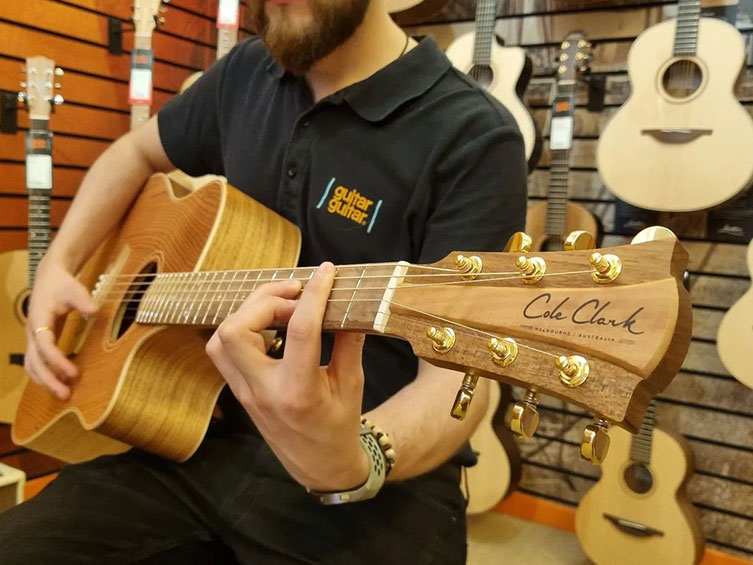
How is your guitar jargon feeling now? We hope that we helped enrich your 6-string dictionary a little bit with this guide. Check out our acoustic-electric guitars to point-check all the facts you’ve learned and maybe even get inspired for a future purchase.






